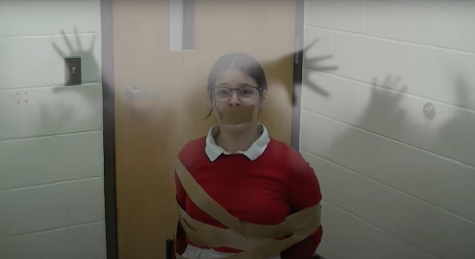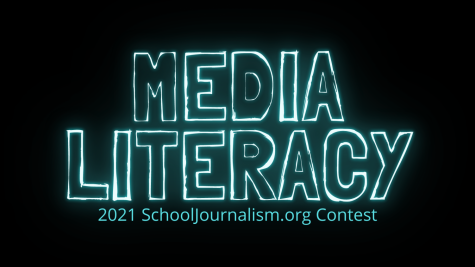Journalist’s Resource gives reporters a look at the news through a research lens
As journalism evolves, it is no longer enough for journalists to just describe what they learn from interviews and observation. Journalists must now delve into research and incorporate data into stories.
Information from research can help journalists ask sources more in-depth questions and examine a subject from angles they might not have previously considered.
Journalist’s Resource, a project based at Harvard University’s Shorenstein Center on Media, Politics and Public Policy, examines news topics through a research lens.
“We look for high-quality research to help journalists, journalism educators, students and others better understand the public-policy issues that make headlines,” Denise-Marie Ordway, research reporter and editor at Journalist’s Resource, said.
Ordway said Journalist’s Resource offers research posts, tip sheets and other materials for free in hopes of improving the quality of news coverage nationally and abroad.
“We hope journalists make use of the studies on our website to bring important context to their news coverage and also to fact-check claims made by politicians, government officials and others,” she said.
The Journalist’s Resource website is comprised of three main sections: Studies, Tip Sheets and Syllabi. The Studies section offers links to research in a variety of subject areas, including education, social media, criminal justice and public health. Most posts in the Studies section focus on a single academic study, offering an overview of the study’s findings as well as links to materials and data that should be useful to reporters writing about the topic.
The Tip Sheets section offers tips and tutorials related to core journalism skills. For example, this includes interviewing sources, finding public records and understanding research studies. This section also features “research chat” interviews with prominent journalists and scholars.
Ordway believes peer-reviewed research can help ground journalists as they investigate complex topics and competing claims.
“Research helps inform debates over controversial issues,” she said. “It also allows journalists to offer their readers, viewers and listeners a more sophisticated understanding of an issue.”
Each time journalists start a new assignment, Ordway said they should ask themselves: “What does the research say?” Some studies are so groundbreaking or interesting that a reporter might want to write an article on the research itself.
Ordway also advises young journalists experiment with ways to present research findings in ways that are easy to understand.
“Young audiences who might be uninterested in reading about research might find visual representations of the data – charts or interactive graphics, for instance – intriguing,” she said.
Ordway suggests that journalists take the time to fully understand the research before incorporating it into a story.
For more information, visit Journalistsresource.org.











